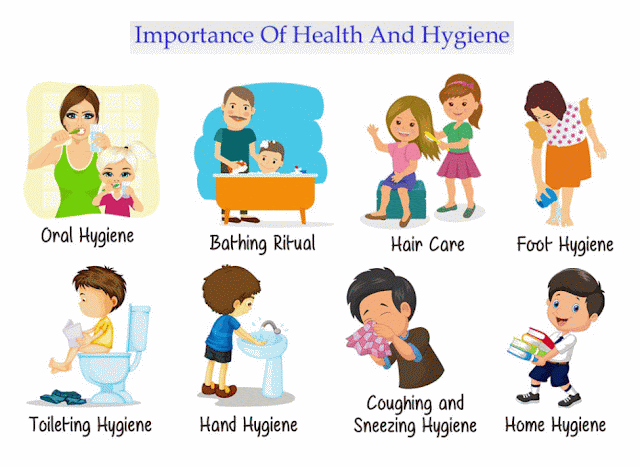Chickenpox also known as varicella and water pox. It is an acute highly infectious disease, caused by varicella-zoster virus transmitted by droplet infection. Clinically characterized by fever, mild personal symptoms followed by appearance of rashes. It is not a fatal disease.It is a worldwide Disease occurs both epidemic or endemic form.
Etiological agent:
The causative agent is varicella-zoster virus. It is a DNA virus.Source of infection:Usually in case of chickenpox no subclinical cases, no carrier state, no animals reservoirs.Infective Material:It is about one week e.g. one or two days before the appearance of rashes to 4 to 5 days after rashes. The patient is no longer infectious, because the virus tend disappear from the lesions.Secondary attack rate:Chickenpox is highly infectious to much so, The secondary attack rate is 90%.Host Factors:
- Age incidence: Chickenpox is common in young child below 10 years of age. But also occur in adults, it is usually severe.
- Sex incidence: Equal ratio in both sexes.
- Immunity: one attack confers lifelong immunity. Second attack rare. Cell mediated immunity is the one which prevents the reoccurrence.
- Pregnancy:
if pregnant mother effect in first trimester, in 3% cases, the fetus gets the intra-uterine in infection which causes severe damage, weight loss, Micro-ophthalmic, choroidoretintis, cataract, hypo tonicity, and zoster lesion or scars. A condition called " Congenital Varicella syndrome".If mother get infection during few days of delivery and not yet delvoped antibodies. The new born develop sign of chickenpox pox and it will be very severe.
Environment Factors
Chickenpox mostly occur in summer and overcrowded area.Mode of transmissionChickenpox mostly transmitted through Droplet or Droplet nuclei. Transplecntal transmission occurs only in 3% cases.
Pathology and Pathogenesis
Chickenpox mainly enter in the through respiratory route. Than virus circulate in blood. Then ballooning degeneration of the cells. Scabs separate within 8 to 10 days without leaving pock marks.Incubation period:It is about 10 to 15 days but varies from 1 to 3 weeks.Clinical features:The clinical course occurs in two stages.A. Prodromal stageB. Exanthematous stageA. Prodromal stage: sign and symptoms
- Mild fever
- Myalgia
- malaise
Lasts for 2 or 3 days.B. Exanthematous stage:
- This eruptive stage is characterized by appearance of rashes on the body next day to fever.
- The vesicles look like "water drop" on the skin. Rashes appear daily for 4 to 5 days.
- Lesions can occur in the mouth, forming ulcers also seen in tympanic membrane, vagina and cornea. Scabs are remain for 3 weeks than fall off. Mild discoloration last of few weeks than skin become normal.
Complication:Chickenpox is mild disease but fatal in newborn. Complication occur in only 5%cases varicella pneumonia, encephalitis, hemorrhage.Management:Isolated and managed symptomatically with analgesics, antipyretics, soothing ointments.Prevention:Active and passive immunization.





















